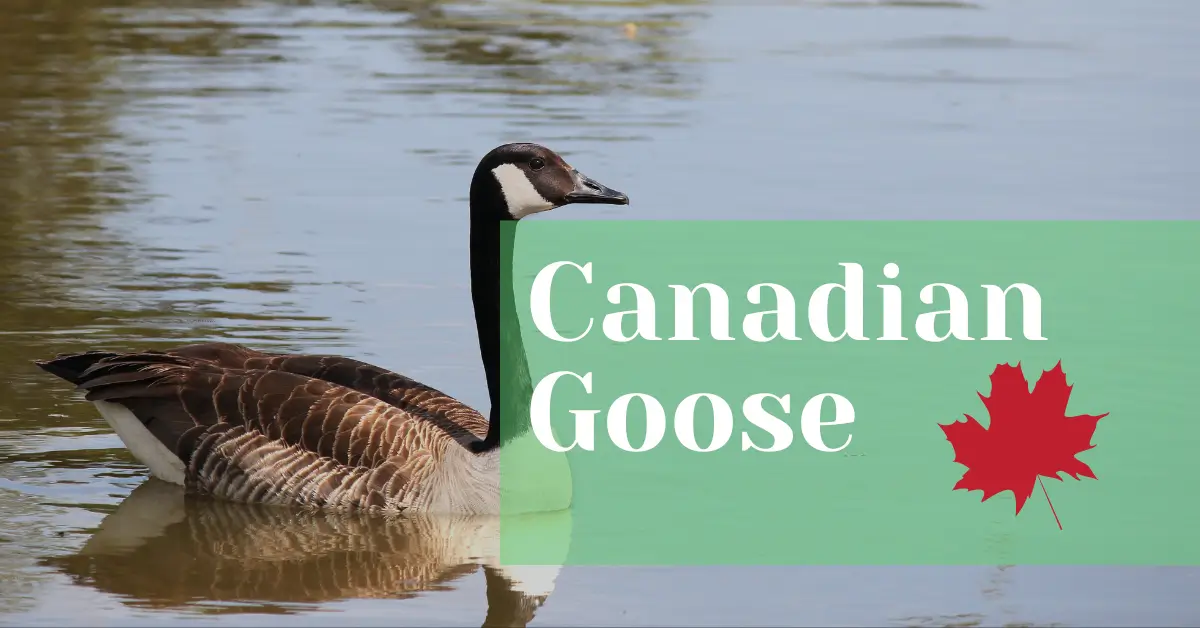Marmots are large ground squirrels with thick, furry bodies and short legs. Marmots are herbivores indicating that they are dependent on plants for their diet. Their diet consists mostly of grasses, fruits, and seeds.
Canadian marmots are large ground squirrels found in the Rocky Mountains of western Canada. They are an important part of the ecosystem in the Canadian Rocky Mountains.
Physical Characteristics and Features
Following are some of the distinctive physical features of marmots that make them worth seeing;
| Features | Relevant Information |
| Scientific Name | Marmota vancouverensis |
| Life Span | Average age is about 10 years but can live up to 14 years |
| Diet | Grasses, Flowers, Sedges, Insects, and Bird’s eggs |
| Height | Average height is about 9 to 14 inches |
| Average Weight | It is about 3.5 to 5 kg |
| Other Names | Whistle pigs and whistlers |
| Habitat | The home is made in ground by digging burrows, Holes present in the rocks. |
| Status of specie | Endangered |
Interesting Information About Canadian Marmots
Following are some of the facts about these species that you would need to know;
- Diurnal Activity
Canadian Marmots are diurnal which means that they are active during the day and sleep at night.
- Social Structure
The colonies of these animals have a complex social structure, with dominant breeding pairs and inferior non-breeding marmots.
- Unique Species
The Canadian Marmot, also known as the Vancouver Island Marmot, is a unique species found only on Vancouver Island in British Columbia, Canada.
- Largest Marmot Species
The Canadian Marmot is the largest of all marmot species and weighs up to 8 kilograms.
- Colonial Living
These marmots live in colonies and each colony typically consists of one or two family groups.
- Long Hibernation
Canadian Marmots hibernate for up to eight months of the year from September to May. During this time frame, they do not eat, drink, or eliminate waste.
- Predators
The primary predators of the Canadian Marmot include wolves, cougars, and golden eagles.
- Distinctive Whistle
These animals have a distinctive, high-pitched whistle that they use to communicate with other members of their colony and warn of potential predators.
Subspecies of Marmot in Canada
Some of the different species of marmots exist in the Canadian provinces which are recognized by their distinguishing features.
- Hoary Marmot
They are larger with grizzled brown or hoary (grayish-white) fur. These species inhabit the alpine and sub-alpine regions of western Canada.
- Vancouver Island Marmot
These are one of the rarest marmot species with chocolatey-brown fur and a white patch on the head. They are found only on the Vancouver Island.
- Yellow-bellied Marmot
Reddish-brown fur on the back and a distinctive yellow or orange belly. These species live in the mountainous regions of western Canada.
- Woodchuck
They also have reddish-brown fur on the back and a rust-colored belly. They are small in size and found in eastern Canada.
Sightseeing of Canadian Marmots
The following places can be ideal for viewing the marmots and capturing them with your cameras;
| Direction of the Country | Places Where Marmots are Found |
| Western Side | Alberta and British Columbia |
| Eastern Side | Quebec, Nova Scotia, |
| Central Side | Ontario, Saskatchewan, and Manitoba |
| Northern Side | Yukon, Northwest side, and Nunavut |
Best Time to See the Canadian Marmot
The best time and season to see the Canadian marmot starts in spring and ends at the end of autumn.
| Season | Months for Sightseeing |
| Spring | April – May |
| Summer | June – August |
| Late Summer and Early Fall | September |








